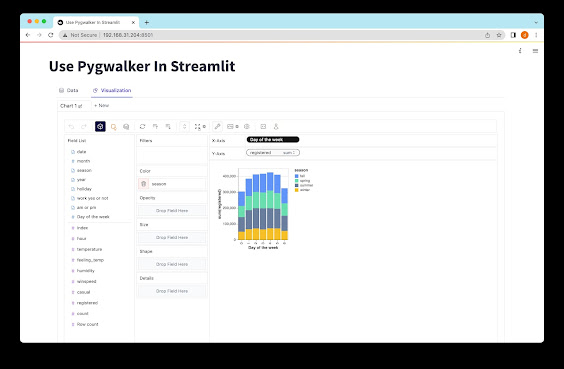What is Snowflake? A Beginner's Guide to Snowflake Data Cloud
Snowflake is a cloud-based data warehousing platform designed to provide businesses with a highly scalable, flexible, and secure environment for managing their data. Founded in 2012 by Bob Muglia, former President of Microsoft’s Server and Tools Business, and Benoit Dageville, former technical lead for Oracle’s database kernel team, Snowflake is one of the fastest-growing companies in the data warehousing industry.
In this article, we’ll dive deep into Snowflake’s architecture, features, and benefits, and explore why it has become one of the most popular data warehousing platforms on the market.
Snowflake Architecture
At its core, Snowflake’s architecture is designed to provide users with an easy-to-use, highly scalable, and performant environment for storing, processing, and analyzing their data. The platform consists of three layers:
Storage Layer: Snowflake’s storage layer is where all the data is stored. Unlike traditional data warehouses, Snowflake stores data in a columnar format, which allows for faster query processing and more efficient data compression. Additionally, Snowflake’s storage layer is built on top of Amazon S3, which provides virtually unlimited storage capacity, high durability, and low-cost storage.
Compute Layer: Snowflake’s compute layer consists of virtual warehouses, which are essentially clusters of compute resources that are used to process queries. Each virtual warehouse can be scaled up or down as needed, and multiple virtual warehouses can be created to handle different types of workloads. Additionally, Snowflake’s compute layer is designed to separate compute resources from storage, which allows users to scale their compute and storage independently.
Services Layer: The services layer is where Snowflake’s management and monitoring services reside. This layer includes features like security, metadata management, and query optimization, which are critical for maintaining the health and performance of the platform.
Snowflake Features
Snowflake offers a wide range of features to help users manage their data effectively. Here are some of the most notable features:
Automatic Scaling: Snowflake’s architecture is designed to scale automatically, meaning that users don’t have to worry about manually provisioning resources or tuning their queries to optimize performance.
Data Sharing: Snowflake offers a powerful data sharing feature that allows users to share data with other Snowflake users or external organizations. This feature is particularly useful for businesses that need to collaborate with partners or share data across different departments.
Secure Data Sharing: Snowflake’s data sharing feature is secured with end-to-end encryption, access controls, and auditing, which ensures that data is shared securely.
Zero-Copy Cloning: Snowflake allows users to create lightweight copies of their data for testing and analytics purposes without requiring additional storage. This feature is particularly useful for businesses that need to create test environments or run complex analytics queries without impacting production workloads.
Schemaless Data Loading: Snowflake’s architecture allows users to load data into the platform without having to define a schema upfront. This feature makes it easier for businesses to load and query data quickly, without having to worry about data modeling or schema design.
Benefits of Snowflake
Snowflake offers several benefits to businesses looking for a modern and cloud-based data warehousing platform. Here are some of the most notable benefits:
Scalability: Snowflake’s architecture is designed to scale up or down as needed, which allows users to handle both small and large workloads effectively. Additionally, Snowflake’s automatic scaling feature makes it easier for businesses to manage their resources without requiring manual intervention.
Flexibility: Snowflake’s schemaless data loading feature and support for semi-structured data make it easier for businesses to handle a wide range of data types. This flexibility allows users to store, process, and analyze data from various sources without having to worry about data modeling or schema design.
Performance: Snowflake’s architecture is optimized for query processing, which allows users to run complex analytics queries quickly and efficiently. Additionally, Snowflake’s separation of compute and storage resources enables users to optimize their compute resources based on their usage patterns.
Security: Snowflake’s architecture is designed with security in mind. The platform offers end-to-end encryption, access controls, and auditing, which helps businesses maintain the security and privacy of their data.
Conclusion
In conclusion, Snowflake is a cloud-based data warehousing platform that offers businesses a scalable, flexible, and secure environment for managing their data. Its innovative architecture, features, and benefits make it an ideal choice for businesses looking for a modern data warehousing platform. Whether you need to store and process your data, collaborate with partners, or run complex analytics queries, Snowflake is a platform worth considering.

Comments
Post a Comment